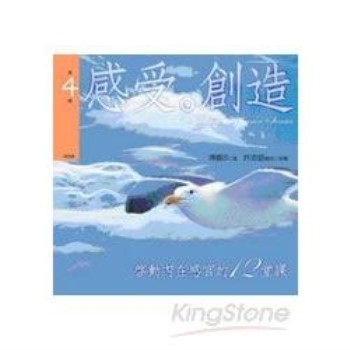This accessible, third edition textbook gives students the tools they need to analyze games, using strategies borrowed from textual analysis.
As game studies has become an established academic field, writing about games needs the language and methods that allow authors to reflect the complexity of a game and how it is played in a cultural context. This volume provides readers with an overview of the basic building blocks of game analysis--examination of context, content and distinctive features, and formal qualities--as well as the vocabulary necessary to talk about the distinguishing characteristics of a game. Examples are drawn from a range of games, non-digital and digital, and across history--from Pong to Fortnite--and the book includes a variety of examples and sample analysis, as well as a wealth of additional sources to continue exploring the field of game studies. This third edition revision brings the book firmly up to date, pulling in new examples and sources, and incorporating current key topics in this dynamic field, such as artificial intelligence and game streaming.
Introduction to Game Analysis remains an essential practical tool for students who want to become fluent writers and informed critics of games, as well as digital media in general.












